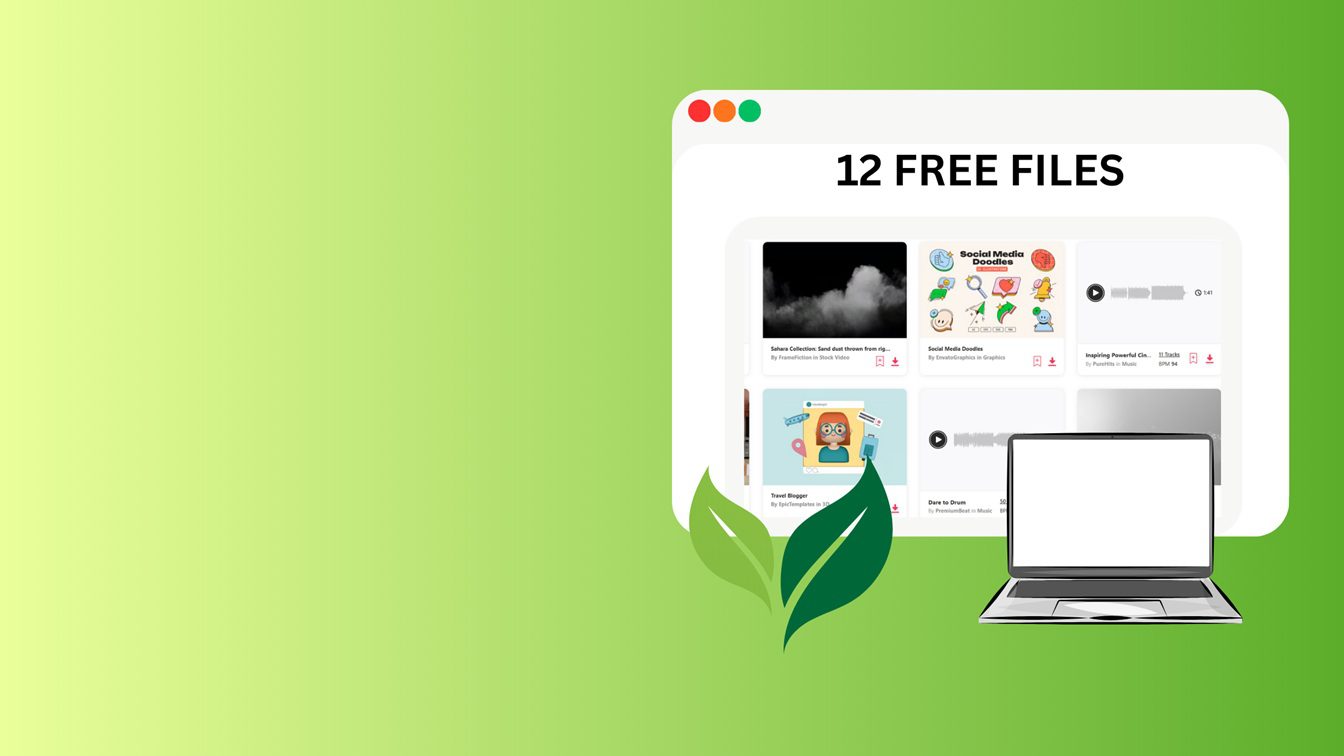On-page technical SEO is more than a list—it’s the key to your site’s success in Google and other search engines. It keeps visitors and helps your site rank better in search results. Did you know that 60% of users abandon a website if it takes longer than three seconds to load? This shows how important technical SEO is.
Think of your website like a well-organized library. If books (your content) are scattered everywhere, finding what you need becomes difficult. The same applies to Google—it prefers websites that are structured, fast, and easy to navigate.
Search engine algorithms keep changing. Even great content won’t rank without the right technical setup. This guide will help you overcome issues like slow loading, broken links, and missing meta tags. These problems stop your content from reaching people.
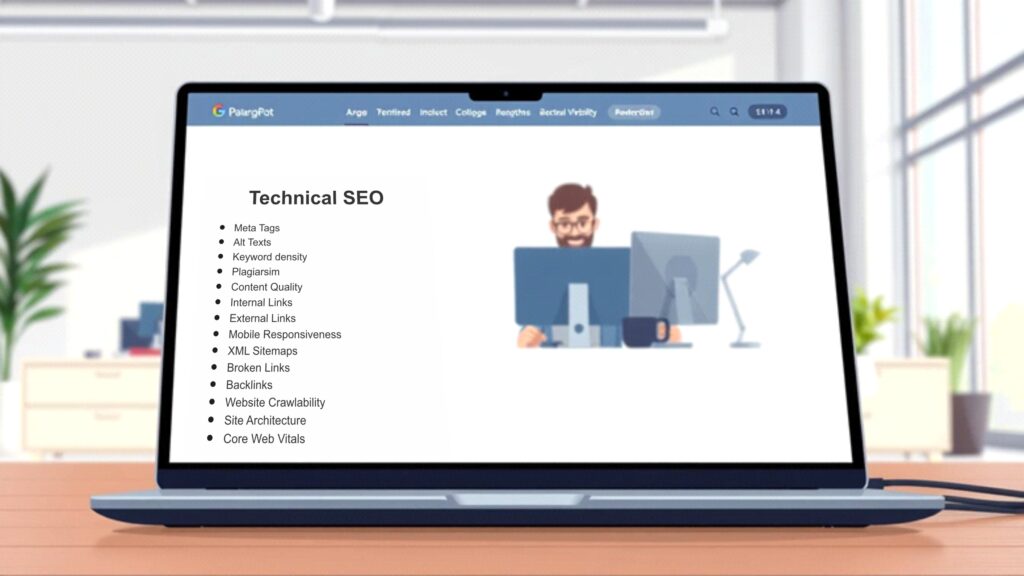
Key Takeaways:
- Technical SEO forms the foundation for effective search engine optimization.
- Slow websites lose 60% of visitors, directly harming rankings and conversions.
- Optimizing URL structures and meta tags improves search visibility.
- Modern algorithms prioritize mobile-friendly, fast-loading sites.
- Keyword mapping and structured data enhance how search engines interpret your content.
What Is On-Page Technical SEO and Why It Matters?
On-page technical SEO is key for search engines like Google to understand your website. It makes sure your site is easy for search engines to crawl, index, and rank. This boosts your site’s visibility in search results, making it vital for search engine optimization strategies.
Core components of On-Page Technical SEO
At its core, on-page technical SEO focuses on technical aspects. This includes:
- URL structure and site architecture
- HTML meta tags and headers
- Page loading speed and mobile responsiveness

How Technical SEO Differs from Content SEO?
| Aspect | Technical SEO | Content SEO |
|---|---|---|
| Focus | Site code, server performance | Keyword-rich content creation |
| Examples | Fixing broken links, improving site speed | Writing blog posts, using keywords in text |
The Impact of On-Page Technical SEO on Search Rankings
A study by Backlinko showed a 40% increase in organic traffic for sites with technical fixes. Improvements like mobile optimization or fixing crawl errors make content more accessible to search engines. This directly boosts rankings.
Key Benefits of On-Page SEO for Your Business
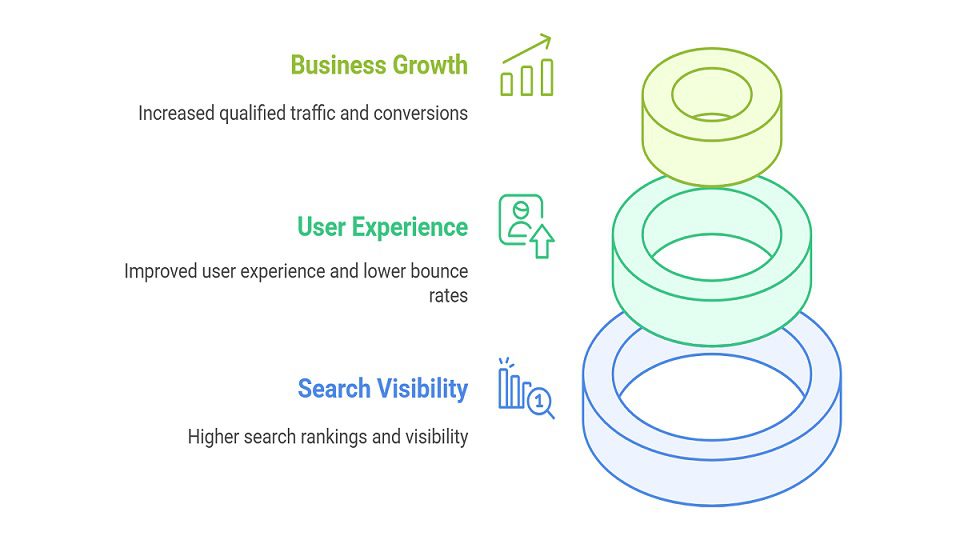
“My brother’s webpost on “Discover Coffee Varieties” ranks # 2 on Google after he improved / revised the content following on-page technical SEO.”
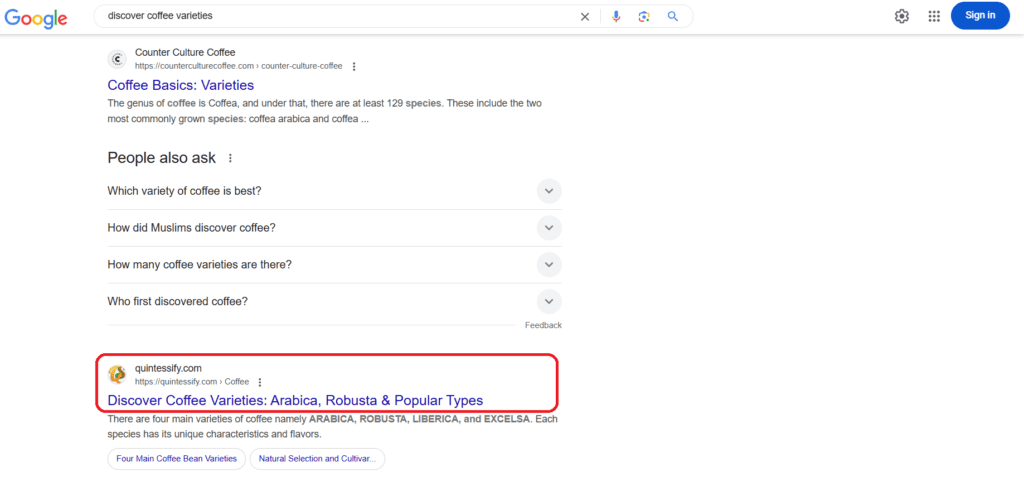
The Current State of Search Engine Algorithms and Technical Requirements
I hope you are aware of the fact that search engines like Google keep updating their algorithms. They focus on websites that offer great user experiences. At present, most of the search engines look at search engine optimization factors like page speed, mobile friendliness, and HTTPS security. Hence, machine learning is required to help check if content and technical aspects are up to par.

“Modern algorithms analyze hundreds of signals, but core technical elements like site architecture and loading speed remain critical for visibility.”
Recent updates focus on four main areas:
- Core Web Vitals metrics
- Mobile-first indexing
- HTTPS encryption
- Content freshness
Websites not meeting these standards might see lower rankings:
| Algorithm Update | Year | Key Focus |
|---|---|---|
| MUM Algorithm | 2020 | Natural language understanding |
| Core Web Vitals | 2021 | Loading performance metrics |
| Page Experience Update | 2021 | Usability and safety |
| Privacy Sandbox | 2023 | Data privacy standards |
You should work on Core Web Vitals—loading, interactivity, and visual stability— for your website as these are now key for top rankings. Google now seems to punish all those sites with slow mobile load times over 3 seconds. Following these seo best practices helps meet changing search engine optimization standards.
Keeping up with these changes is important. Watch algorithm trends and update your site’s tech to stay visible in search results.
Essential On-Page Technical SEO Elements for Your Website
Improved website’s core parts are essential as they help search engines understand and rank your content in a better way. Let’s explore the key elements of website optimization that are responsible for affecting the visibility of your website and user experience.
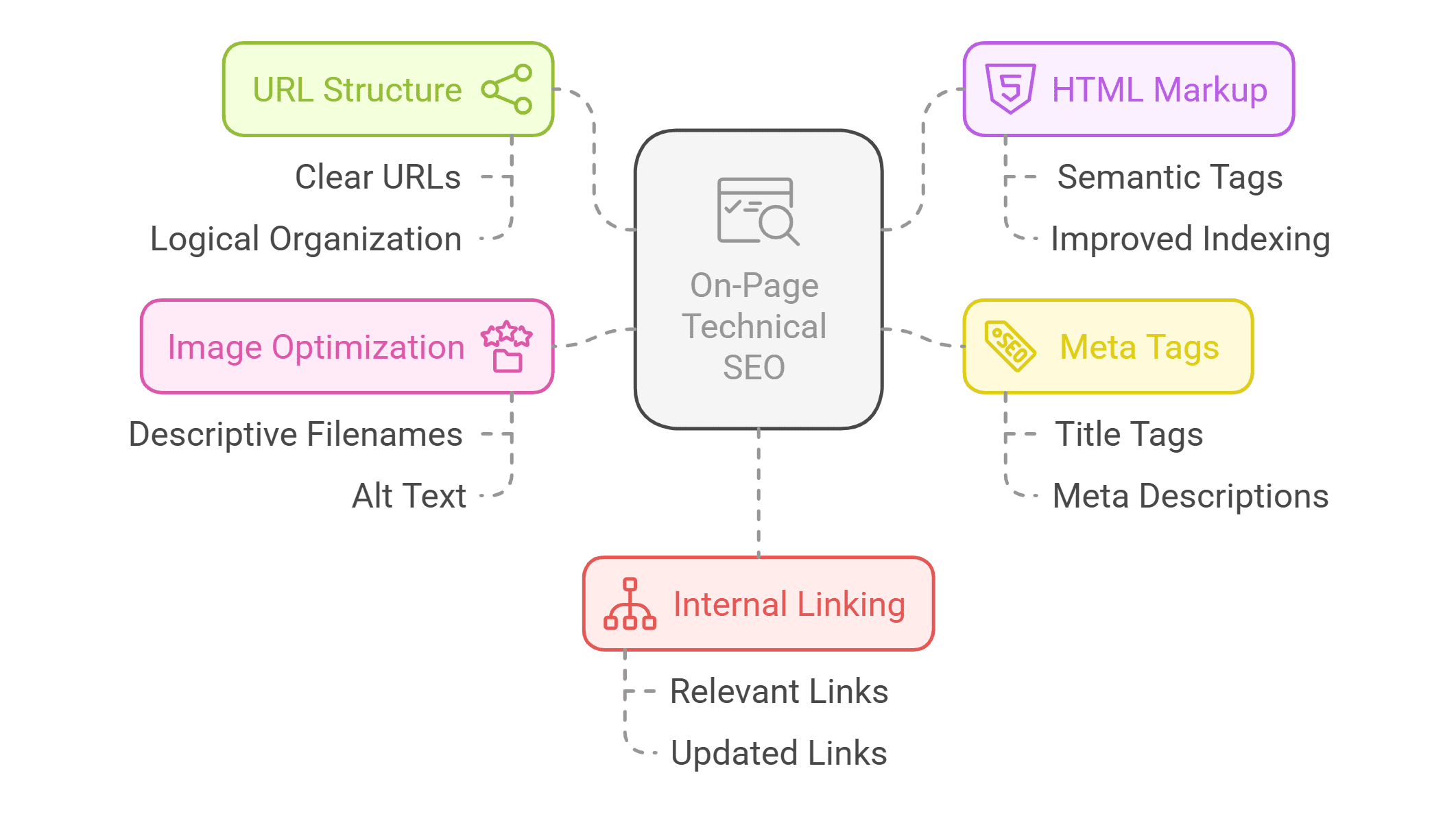
URL Structure and Site Architecture
Clear URLs make it easier for users and search engines to navigate. Use short, easy-to-read URLs with hyphens between words. Avoid long URLs like “example.com/page.php?id=123”. Instead:
- Use structured URLs like “example.com/guides/seo-tips”.
- Organize your pages in a logical way. This helps crawlers index your content efficiently.
HTML Markup and Semantic Elements
Search engines favor sites with semantic HTML5 tags. Replace generic div tags with specific elements like header, nav, and article. Here’s an example: <header> <nav>Main Menu</nav> </header> <article>Your content here</article>
Meta Tags Optimization
Meta tags like “title tags” and “descriptions” are your site’s first impression.
- Title tags should be under 60 characters.
- They should reflect the page’s content. For example: “Local SEO Tips 2024 | Boost Rankings Today”.
Write unique meta descriptions (150-160 characters) to attract clicks.
Image Optimization and Alt Text
Name images with keywords and descriptive filenames, like seo-optimized-images.jpg. Use alt text to describe visuals, not just “image1.jpg.” For example, “dog-training-tips.jpg” with alt text: “Professional dog training techniques for new owners.”
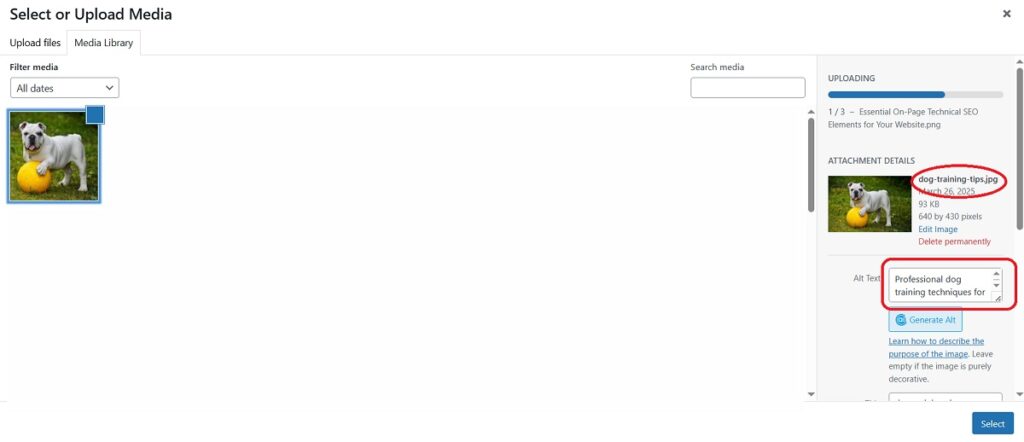
Internal Linking Strategies
- Link to relevant pages within your content to distribute authority.
- Use anchor text like “guide to website optimization” instead of “click here.”
- Regularly update links to broken or outdated pages.
These elements work together to improve crawlability, relevance, and user engagement. Start with audits of your URLs and meta tags to identify gaps in your current setup.
Website Speed Optimization Techniques That Boost Rankings
Google loves fast-loading sites, making website performance key for rankings. Every second delay can cost visitors and rankings. Here are some effective ways to speed up your site and boost website optimization:
- Image Compression: Use TinyPNG to shrink JPEGs/PNGs without losing quality.
- Code Minification: Cut out extra code in CSS/JS files with Autoptimize.
- Browser Caching: Plugins can store site data on devices for quicker visits.
- CDN Implementation: Cloudflare can spread your content closer to users.
- Lazy Loading: Load non-critical images only when scrolled into view.
- Next-gen Formats: Use WebP images and WebAssembly for quicker rendering.
“After optimizing our site’s load time from 5s to 1.2s, organic traffic increased by 47% in 3 months.” – E-commerce client case study
| Technique | Speed Impact | Implementation Difficulty |
|---|---|---|
| Image Optimization | 30-50% faster loads | Easy |
| CDN Setup | 40-60% latency reduction | Moderate |
| Code Minification | 15-30% size reduction | Easy |
Begin with free audits from Google PageSpeed Insights and GTmetrix. Focus on the biggest impact first. Even simple steps like image compression can make a big difference in user retention and search rankings.
Mobile-First Indexing and Responsive Design
Google now looks at your site’s mobile version first when ranking it. Making sure your site works well on mobile is essential for website optimization. Use Google’s Mobile-Friendly Test to check for problems like slow loading or hard-to-click buttons.
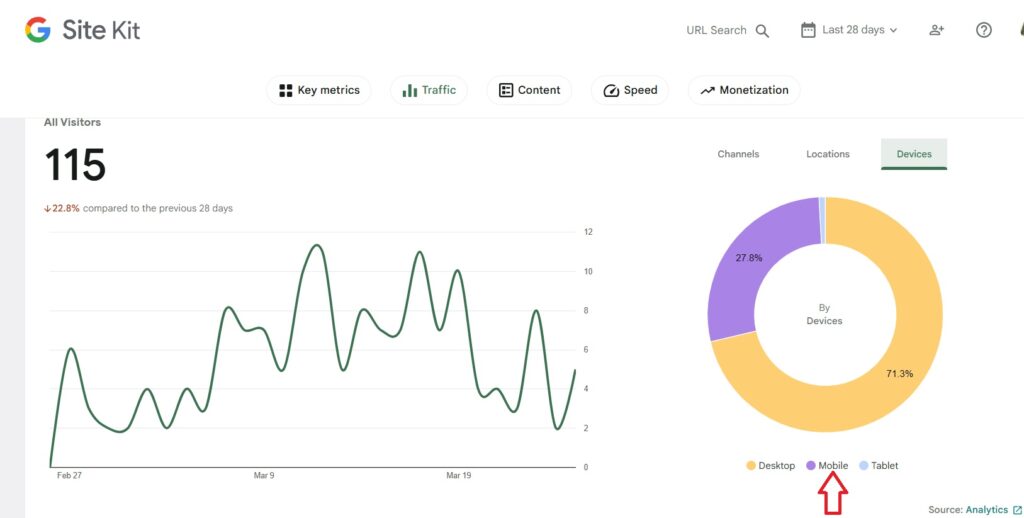
Start by checking your mobile site with Search Console reports. They point out issues like broken links or slow pages. Fix these to keep mobile visitors happy. AMP pages can speed up your site, but they might split your content.
Make sure your site is easy to use on mobile. Menus should be simple to tap, and forms should fit any screen size.
- Core Web Vitals like Largest Contentful Paint (LCP) and First Input Delay (FID) are key for rankings. Aim for LCP under 2.5 seconds and FID under 100ms.
- CLS scores over 0.1? Fix any elements that shift to avoid upsetting users.
PageSpeed Insights can help you see how fast your site loads. Responsive design means designing for mobile first. Every part of your site, from images to forms, must work perfectly on smartphones.
Structured Data Implementation to Enhance SERP Visibility
Structured data is key in on page technical seo. It helps search engines understand your content better. By using formats like Schema.org, you can add rich snippets to search results. These can include star ratings, business hours, or product prices.
Start by picking schema types that fit your business. You might use Organization for company details, Product for online stores, or FAQ Page for knowledge panels. Here’s a simple example for a local business:
{ “@context”: “https://schema.org”, “@type”: “LocalBusiness”, “name”: “Your Business Name”, “address”: { “@type”: “PostalAddress”, “streetAddress”: “123 Main St”, “addressLocality”: “City” } }
| Schema Type | Use Case | Example |
| Product | E-commerce listings | Price, availability |
| Article | Blog posts | Publication date, author |
| FAQPage | Help sections | Answer highlights |
| Review | Customer testimonials | Star ratings |
After adding the code, check it with Google’s Testing Tool. Look at Google Search Console’s “Rich Results” report to see if more people are clicking on your site. Make sure to avoid mistakes like missing fields or wrong syntax. Good structured data can make your site stand out in search results.
Mastering Keyword Research for Technical On-Page SEO
Effective keyword research is key to any SEO plan. But, how your site works is just as important. Make sure keywords like “fast website loading” match your site’s features.
Finding High-Value Technical SEO Keywords
Look for keywords related to technical SEO problems. Tools like SEMrush or Ahrefs help find these. Target terms like “fix broken links” to meet user needs.
- Use keyword tools to find terms linked to site performance
- Focus on queries indicating user frustration with technical issues
Competitive Analysis for Technical SEO Gaps
Check out what your competitors are doing wrong. Tools like Screaming Frog show where they fall short. If they rank for “secure HTTPS sites” but don’t have SSL, you can.
“Technical SEO gaps are goldmines for keyword-driven growth.” – SEO Industry Report 2023
Keyword Mapping Across Your Website
Match keywords with pages that already have technical features. Use pages with good crawlability. For example, link “fast mobile site” to pages that score well on Core Web Vitals.
Tools to Support Your Keyword Strategy
Use Google Keyword Planner for finding keywords and Google Search Console to track them. Combine keyword insights with technical audits to meet site goals.
How to Conduct a Comprehensive Technical SEO Audit
Regular seo audits are key to keeping your website performance top-notch. Begin by setting clear goals for your audit. Focus on key areas like how easily search engines can crawl your site, its mobile readiness, and page speed. Aim to do audits at least twice a year or right after making big changes to your site.
- Crawl Your Site using tools like Screaming Frog or Google Search Console. Look for broken links, 404 errors, and pages that can’t be indexed.
- Check Site Architecture. Make sure URLs are simple, internal links work, and navigation makes sense for users.
- Test Speed and Mobile Performance. Use PageSpeed Insights to check load times and Core Web Vitals.
- Validate Structured Data with Google’s Rich Results Tool to ensure markup is correct.
| Category | Key Checks |
|---|---|
| Crawlability | Fix crawl errors, check robots.txt |
| Speed | Optimize images, enable caching |
| Mobile | Test touch targets, viewport settings |
| Security | Ensure HTTPS implementation |
Keep track of your findings with checklists. Fix the most critical errors first, like server errors (5xx). Then, tackle slower issues like images that take too long to load. Share your findings with others using easy-to-understand reports. Use tools like Google Analytics to see how your site is doing each month.
Measuring the Success of Your On-Page Technical SEO Efforts
Tracking the right metrics is key to seeing real results from your technical SEO efforts. Start by picking website performance KPIs that match your goals. Regular seo audit reviews and data analysis will show how changes affect rankings and user experience.
Key Performance Indicators to Track
Focus on metrics that show technical SEO success:
- Organic traffic growth: Use Google Analytics to track monthly increases
- Crawl errors: Check in Google Search Console
- Page load times: Track with PageSpeed Insights
- Indexation rates: Compare monthly in Search Console
Setting Up Analytics for Technical SEO Monitoring
Configure tools to collect data automatically:
- Set up Google Analytics event tracking for page interactions
- Use Search Console to monitor core web vitals
- Automate email alerts for 404 errors or crawl issues
Check out our detailed guide on “MailerLite Alternatives: 9 Best Email Marketing Tools for Small businesses”
“Data without analysis is just noise. Turn metrics into action with consistent audits and comparisons.” — Google Webmaster Guidelines
| Metric | Goal | Tool |
|---|---|---|
| Organic Traffic | 15% quarterly growth | Google Analytics |
| Mobile Speed | 90+ Lighthouse score | PageSpeed Insights |
| Index Coverage | 95% indexed pages | Search Console |
Making Data-Driven Optimization Decisions
Use analytics to focus on fixes: Start with big issues like broken links or slow pages. Compare monthly seo audit results to spot trends. Adjust strategies based on website performance changes in rankings and user engagement.
Conclusion: Taking Your Website to the Next Level with On-Page Technical SEO
Technical SEO is key to a strong online presence. Without it, even great content may not reach your audience. Search engines favor sites that load quickly, are easy to use on mobile, and follow data guidelines.
These best practices are the base for better rankings and user interaction. Core elements like optimized URLs, fast loading, and responsive design need constant work. As algorithms change, keeping up with Core Web Vitals and page experience signals is vital.
Tools like Google Search Console and PageSpeed Insights help spot areas for improvement. Regular audits catch problems before they hurt your site’s visibility.
Even small steps can help any business. Start by fixing broken links, compressing images, or updating meta tags. Focus on making your site mobile-friendly and check how changes affect your analytics.
Technical SEO isn’t just about ranking higher. It builds trust with users and search engines. By keeping up with these practices, you make your site strong and ready for future changes.
“Once you’ve optimized your site with technical SEO, the next step is to track results. That’s where SEO reporting tools like SEMrush and Ahrefs come in. [See our complete comparison here → The Ultimate Guide to 12 Best SEO reporting tools]”
FAQs
What is on-page technical SEO, and how does it differ from content SEO?
On-page technical SEO makes your website better for search engines. It looks at things like site speed and URL structure. Content SEO, on the other hand, focuses on the words and quality of your site. Both are key to good SEO.
Why is structured data important for my website?
Structured data helps search engines understand your site better. This can lead to better search results and more clicks. It gives you an edge over others.
How can I improve my website’s performance for SEO?
Improve your site by optimizing images and speeding it up. Make sure it works well on mobile devices too. Regular SEO audits can also help find and fix problems.
What role do meta tags play in technical SEO?
Meta tags tell search engines about your pages. Good title tags and meta descriptions can make your site more visible. They help search engines index your content right.
What tools can I use for keyword research in technical SEO?
Tools like Ahrefs, SEMrush, and Google Keyword Planner are great for keyword research. They help find keywords that can bring in traffic and improve your site.
How frequently should I conduct a technical SEO audit?
Do a technical SEO audit every 6 to 12 months. But, if you’re making changes often, do it more often. This keeps your site running smoothly.
What are Core Web Vitals and why are they important?
Core Web Vitals measure how well your site works for users. They look at loading speed, how interactive it is, and visual stability. Improving these can boost your search rankings.
How does mobile-first indexing affect my website?
Mobile-first indexing means Google uses your mobile site for ranking. If your site isn’t mobile-friendly, it could hurt your visibility and user experience.
What are some common mistakes to avoid in technical SEO?
Don’t ignore mobile optimization, structured data, site speed, and URL structure. Avoiding these mistakes can greatly improve your site’s SEO performance.
